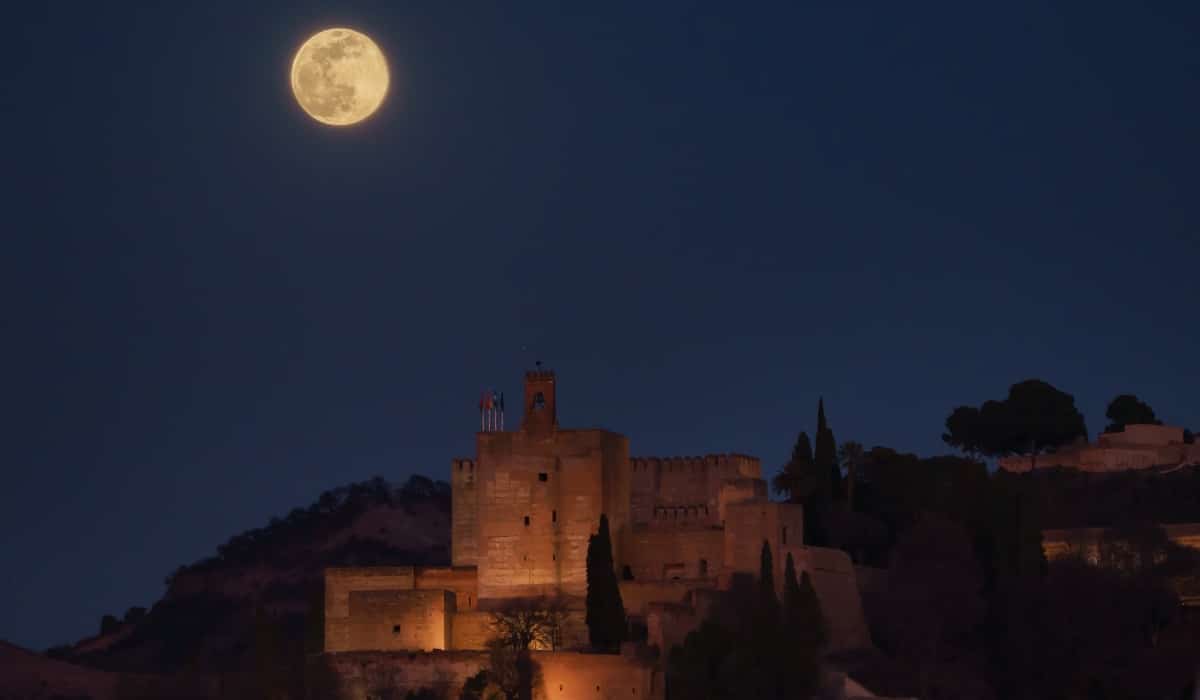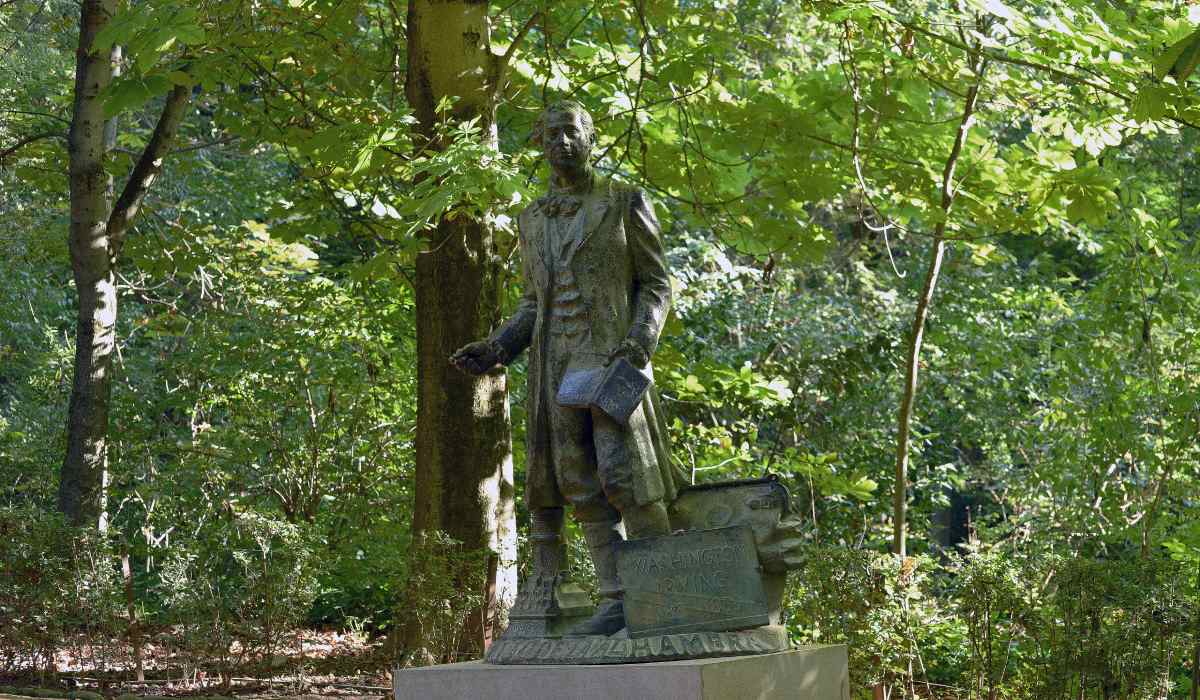
Washington Irving was a renowned author and historian from New York, best known for short stories like “The legend of Sleepy Hollow” and “Rip Van Winkle”. However, not many people know about his role as American Ambassador in Spain or his attachment to Andalusia. Keep reading and follow the words of Washington Irving into the streets of Granada, the city that captured the heart of the Romantic writer.
Romantic authors like Irving found extreme beauty in cultures regarded as exotic, the distant past, legends and myths from all over the world. When he first visited Andalusia to work on his research on Christopher Columbus, Washington Irving fell madly in love with its Arab history, unique architecture and rich folklore.
However, the city that charmed him the most was doubtlessly Granada. This Andalusian gem deeply inspired the writer, and one can follow his footsteps through its streets, squares and monuments. There are even routes dedicated to exploring his presence in the city.

The Alhambra at night. | Shutterstock
On his second visit to Granada, Irving managed to stay in the very Alhambra. He wanted to experience its palaces at night, when the monument became more mysterious and magical. He slept in two different rooms, first in the palace of Carlos V and then in the so-called Salas de las Frutas. The writer sometimes had breakfast at the famous Court of the Lions, and he became obsessed with the charms of this fortress complex.
Irving was surprised to find out that the Alhambra did not get the recognition it deserved. Back in the 19th century, the state of the monument was not the same as it is today. In fact, he was shocked when he realised that some of its walls were covered in graffiti. To prevent people from marking their visit on the ancient walls, he created the first guest book of the Alhambra, which keeps welcoming signatures of travellers today. This is only a part of the legacy Washington Irving left in Granada.
Indeed, his fight for the preservation of the treasure of Islamic architecture did not end there. He wrote articles highlighting the importance of the preservation of the Alhambra, as well as dwelling on the need to give this complex the value and recognition it deserved. This is how he earned a place in the history of Granada.

The statue of Washington Irving in Granada. | Wikimedia
In fact, the city still remembers the North American writer. In 2009, they built a bronze statue of Washington Irving for the 150th anniversary of his death. It lies next to the Alhambra, surrounded by trees. One can read an inscription that says “son of the Alhambra”.
Irving’s fascination with this monument made him dive into the culture of Granada in search of its forgotten stories. He looked for legends and folk tales about the Alhambra in every corner of the city, and he gathered them in Tales of the Alhambra. This collection of stories and essays includes history, myth and description. Most of the tales were written during his residence in the Alhambra, but others were added at a later stage. It was published in 1832, four years after his visit, and it provides an in-depth look into the palaces through the lenses of Washington Irving. We will end this journey with an excerpt from a chapter called “Palace of the Alhambra”:
“How many legends and traditions, true and fabulous, —how many songs and ballads, Arabian and Spanish, of love and war and chivalry, are associated with this Oriental pile!”